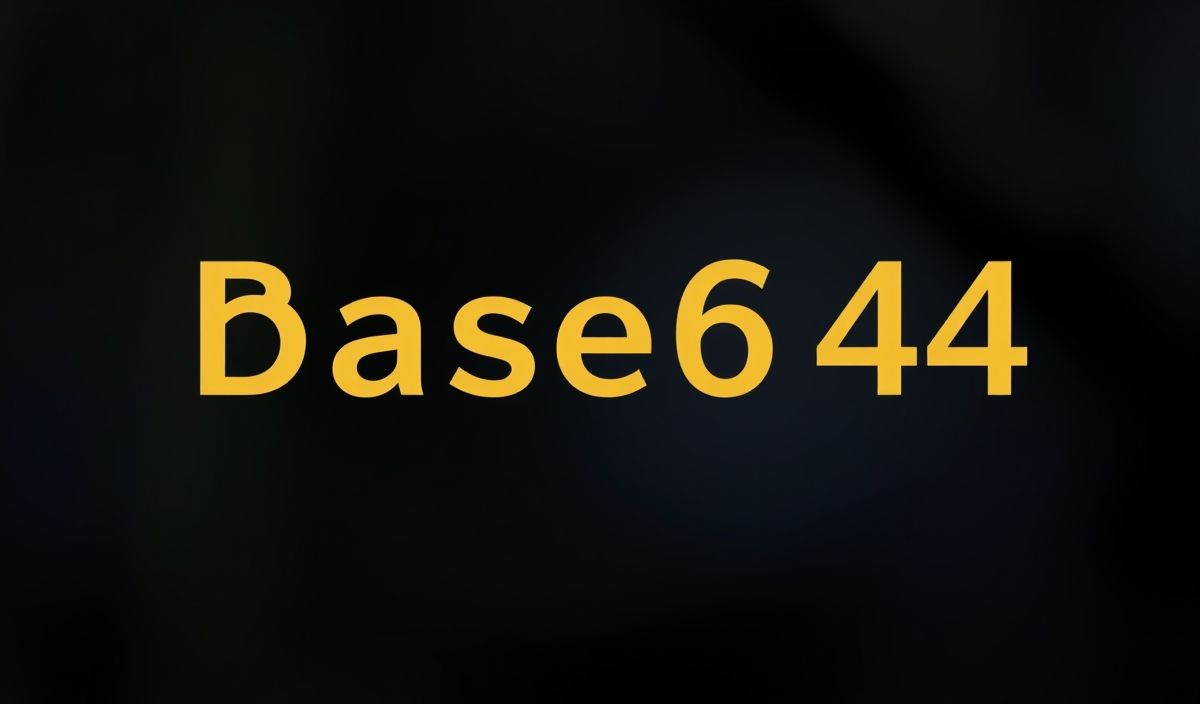Introduction to the `atob` Function in JavaScript
The atob function in JavaScript is a powerful tool for decoding base64-encoded strings. Base64 encoding is commonly used in web development to encode binary data, ensuring safe transmission of text data over mediums that only support text. In this article, we will delve into the atob function and explore various use cases with code examples. By the end, we’ll also create a small app example that utilizes atob.
What is `atob`
The atob function decodes a base64-encoded string and returns the resulting string. It stands for ASCII to Binary. Below is the syntax:
const decodedString = atob(encodedString);Basic Examples
// Example 1: Simple usage
const encodedString = "SGVsbG8gd29ybGQh"; // "Hello world!" in base64 encoding
const decodedString = atob(encodedString);
console.log(decodedString); // Output: "Hello world!"
// Example 2: Binary data example
const encodedBinary = "QmluYXJ5RGF0YQ=="; // "BinaryData" in base64 encoding
const decodedBinary = atob(encodedBinary);
console.log(decodedBinary); // Output: "BinaryData"
Handling UTF-8 Strings
The atob function may not handle UTF-8 strings directly. Here’s how you can decode a UTF-8 string:
// Example 3: Decoding UTF-8 strings
function decodeUtf8(base64) {
const binaryString = atob(base64);
const bytes = new Uint8Array(binaryString.length);
for (let i = 0; i < binaryString.length; i++) {
bytes[i] = binaryString.charCodeAt(i);
}
return new TextDecoder().decode(bytes);
}
const encodedUtf8 = "5pel5pys6Kqe"; // "你好世界" in base64 encoding
const decodedUtf8 = decodeUtf8(encodedUtf8);
console.log(decodedUtf8); // Output: "你好世界"
Using `atob` in Browser and Node.js
The atob function is well-supported in modern browsers. Node.js, however, has its own way:
// Browser example
const base64String = "SGVsbG8gd29ybGQh";
console.log(atob(base64String)); // Output: "Hello world!"
// Node.js example
const { Buffer } = require('buffer');
const base64StringNode = "SGVsbG8gd29ybGQh";
console.log(Buffer.from(base64StringNode, 'base64').toString('ascii')); // Output: "Hello world!"
Application Example: Base64 Decoder App
Let's create a simple web application that allows users to decode base64 strings using the atob function:
<!DOCTYPE html>
<html>
<head>
<title>Base64 Decoder</title>
</head>
<body>
<h1>Base64 Decoder</h1>
<input type="text" id="base64Input" placeholder="Enter base64 string" />
<button onclick="decodeBase64()">Decode</button>
<p>Decoded String: <span id="result"></span></p>
<script>
function decodeBase64() {
const input = document.getElementById('base64Input').value;
const decoded = atob(input);
document.getElementById('result').innerText = decoded;
}
</script>
</body>
</html>
This simple app captures a base64 input from the user, decodes it using the atob function, and displays the result.
Hash: fb12a086d3c85415650aee614ddea695d881af76a6d9d614a0ea603945400034




